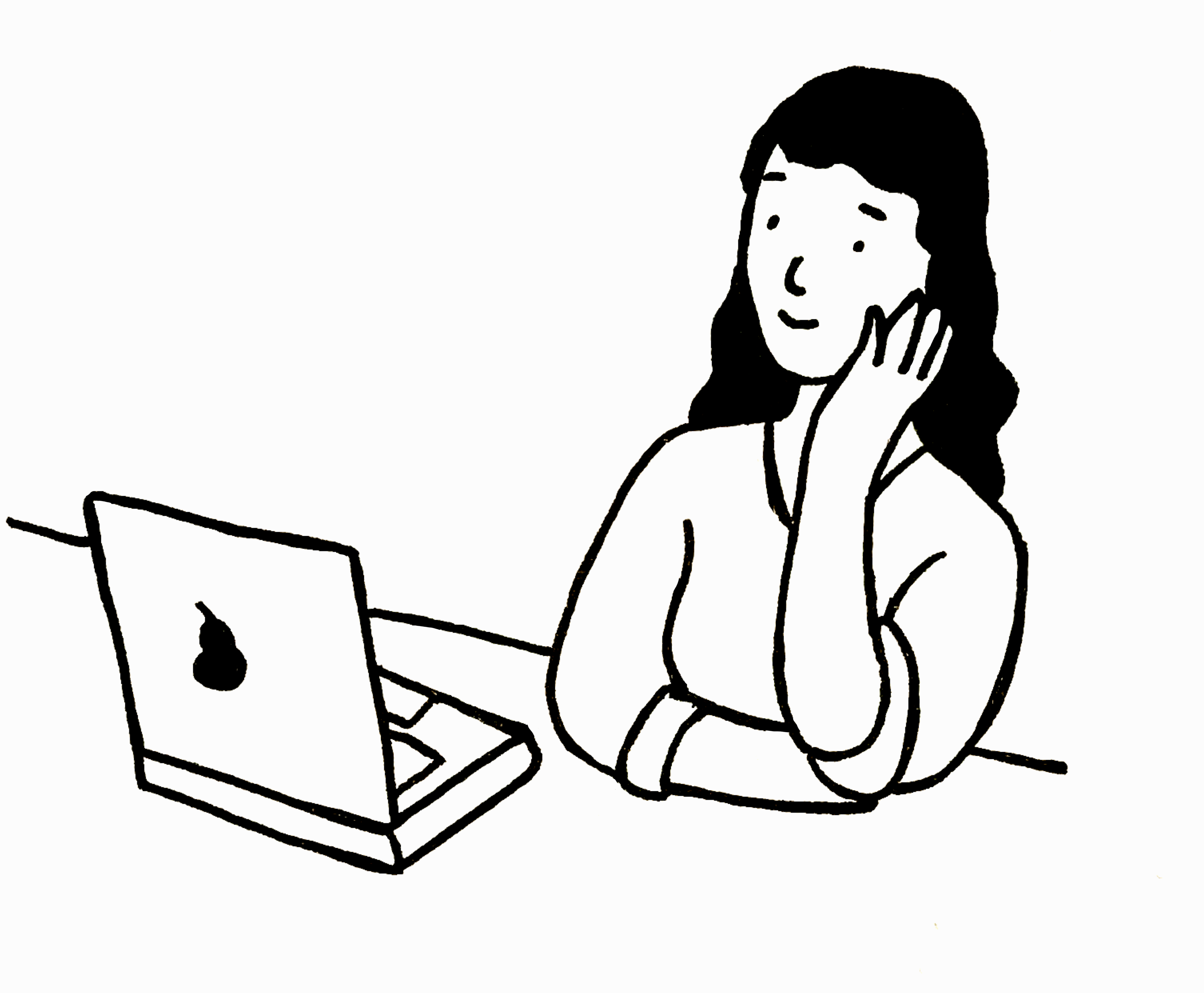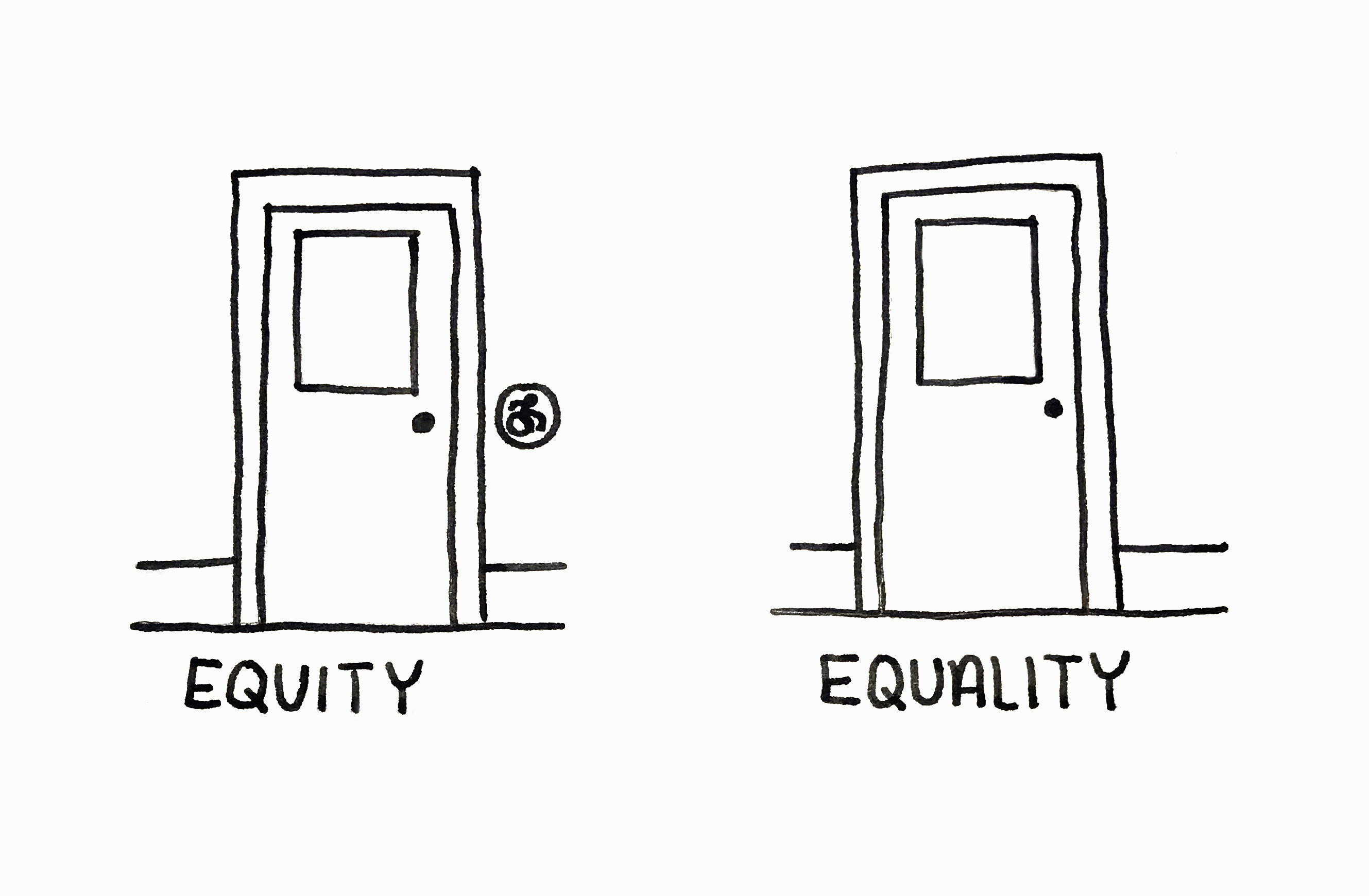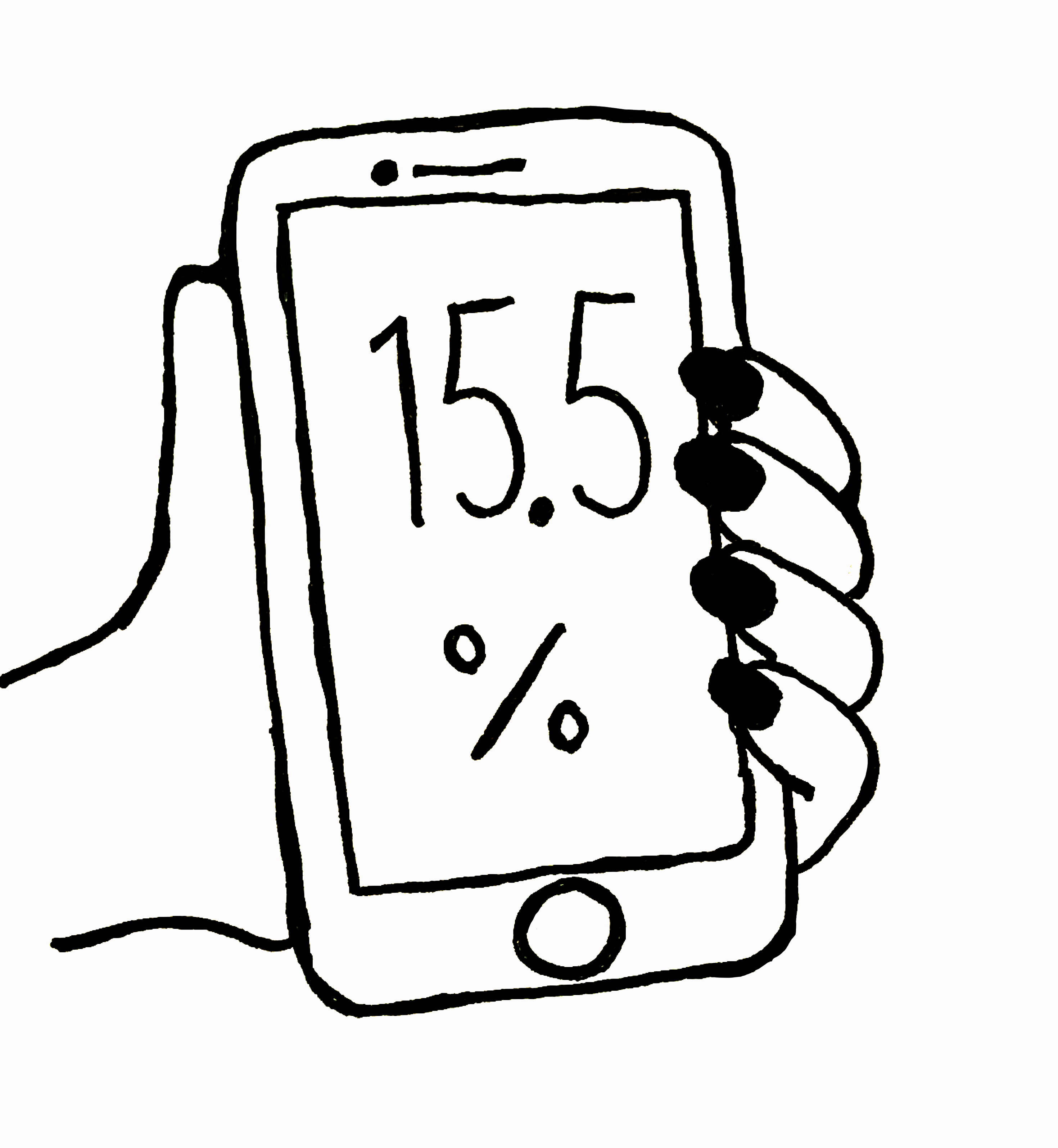
Accessibility on the web isn't optional, it's required
If the Internet is a global village, then it is needless to say that web accessibility are the electronic curb cuts that enable all of us to have equal access to it's information. And just like curb cuts, web accessibility isn't some random feature that can be tacked on later. No, web accessibility is both a requirement and simply the right thing to do. We as graphic designers are in a unique position where we have control over how content is presented, and we owe it to our users to identify, remove, and prevent any barriers to access.
“Injustice anywhere is a threat to justice everywhere.”
—Martin Luther King Jr.
Equal is good, but equitable is better
As a matter of fact, achieving equality in access does not—and in fact can not—mean treating every user like they are the exact same. This is why, while treating everyone equally is certainly a noble cause, treating your users equitably by designing to accomodate the many possible contexts of a user’s content access is much better overall.


The data speaks so you don't have to
Did you know that today 15.5% of people in Ontario have a physical disability. Thats one out of every seven Ontarians! Ignoring 1/7th of your potential user base isn’t just ethically questionable, it’s also just really bad for business. Besides, building accessible websites also makes it easier for smartphone users and users with a slow internet connection to access your website. Oh, and did I mention that come 2021 it will be illegal in Ontario to make a website that doesn’t meet the WCAG 2.0 Level AA requirements.